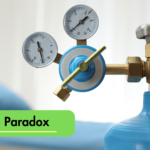Patient Background:
Sarah (Patient Name Changed) is a 7-year-old girl diagnosed with autism spectrum disorder (ASD) at the age of 3. She presents with challenges in social communication, repetitive behaviors, and sensory sensitivities. Despite receiving various therapeutic interventions, Sarah continues to struggle with emotional regulation and adaptive functioning.
Clinical Presentation:
Sarah’s parents report concerns regarding her difficulty in forming social connections, frequent meltdowns in response to sensory stimuli, and limited verbal communication. Sarah’s behavioral therapist notes her struggles with maintaining attention and participating in structured activities. While she has made some progress with behavioural interventions, her overall functioning remains impaired.
Treatment Plan:
Given Sarah’s ongoing challenges and the limited response to conventional interventions, her healthcare team considers exploring adjunctive therapies, including oxygen therapy, to address underlying physiological factors potentially contributing to her symptoms.
Oxygen Therapy Protocol:
Sarah undergoes a series of hyperbaric oxygen therapy (HBOT) sessions under the supervision of a trained medical team. Each session involves breathing 100% oxygen in a pressurized chamber, allowing for increased oxygen delivery to tissues throughout her body.
Progress and Outcomes:
Over the course of several weeks of HBOT sessions, Sarah’s parents and therapists observe some notable improvements in her behavior and functioning:
- Improved Attention and Engagement: Sarah displays increased attention span and engagement during therapy sessions and everyday activities, showing greater interest in her surroundings and interactions with others.
- Reduction in Sensory Sensitivities: Sarah exhibits decreased sensitivity to sensory stimuli, experiencing fewer meltdowns in response to environmental triggers such as loud noises or bright lights.
- Enhanced Communication: While still primarily non-verbal, Sarah demonstrates improved communication skills, using gestures and vocalizations to express her needs and preferences more effectively.
- Calmer Emotional Regulation: Sarah displays fewer instances of emotional dysregulation and displays greater emotional resilience in coping with changes or transitions.
Follow-up and Long-Term Management:
Sarah’s healthcare team continues to monitor her progress and adjust her treatment plan as needed. While HBOT has shown promising results in alleviating some of Sarah’s symptoms, it is supplemented with ongoing behavioral therapy, speech therapy, and other supportive interventions to address her holistic needs.
Conclusion:
In this hypothetical case study, oxygen therapy, specifically hyperbaric oxygen therapy (HBOT), is explored as a potential adjunctive treatment for autism spectrum disorder (ASD). While Sarah’s response to HBOT is encouraging, it’s essential to recognize that individual outcomes may vary, and further research is needed to elucidate the efficacy and optimal use of oxygen therapy in the management of ASD.
It’s crucial to consult with qualified healthcare professionals and specialists when considering alternative or adjunctive therapies like oxygen therapy for autism spectrum disorder, as each individual’s needs and responses may differ. Additionally, rigorous research and clinical trials are necessary to establish evidence-based guidelines for the integration of oxygen therapy into comprehensive treatment approaches for ASD.







